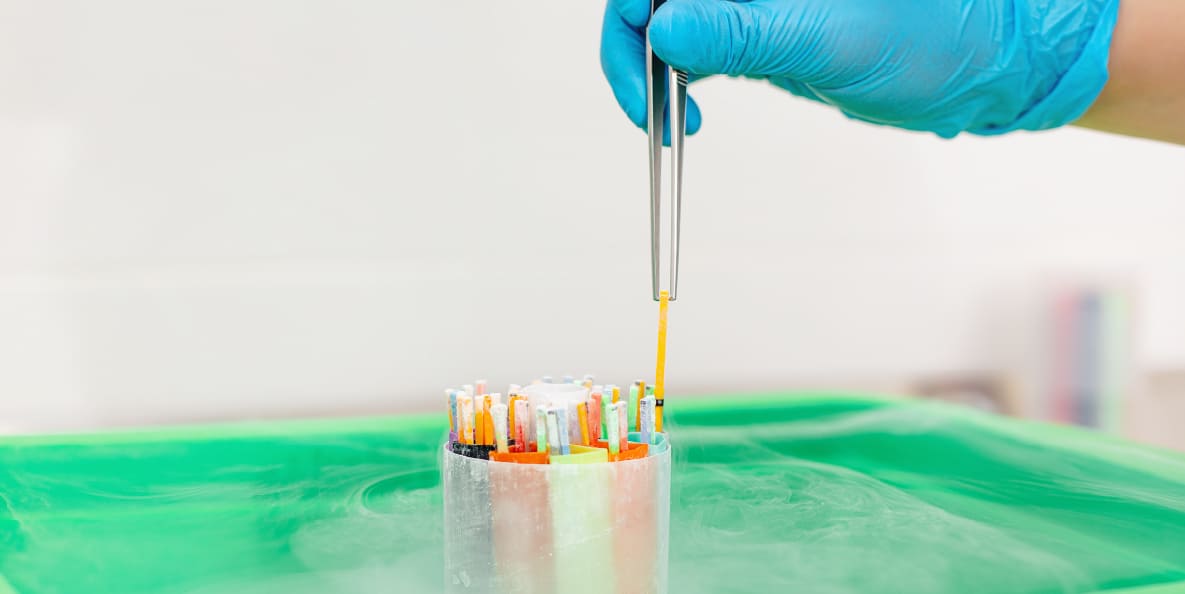
Frozen Embryo Transfer (FET)
Frozen Embryo Transfer (FET)
Infertility is not a disease and can have many underlying conditions. As medicine and science have made tremendous advancements, there are several alternatives and treatments for couple who want to have a child but cannot conceive naturally. Frozen Embryo Transfer or FET is one such treatment that can help couples conceive and has a fairly high success rate.
FET can give women the blessing of motherhood. At BirthRight Fertility by Rainbow Hospitals, we have renowned fertility specialists, where we use advanced technology and best-in-class facilities to explain the best treatment plan/plans for couples trying to conceive.
- During the process of assisted reproduction, the step that involves placing the embryos into the uterus of a woman to help achieve pregnancy is known as embryo transfer. This step is often used with IVF or in vitro fertilization.
- The embryos to be transferred are usually collected fresh from the fertilized egg cells of the menstrual cycle of the woman. The embryos can be frozen as well, which means they’ve been generated in a previous cycle and undergone cryopreservation. If frozen eggs are used, they are thawed just before they are transferred. There has been a uniformly positive outcome from the use of cryopreserved embryos, with no increased risk of developmental abnormalities or birth defects.
- Frozen embryo transfer is usually performed when fresh embryo transfer is unsuccessful or is intentionally avoided because of hyperstimulation or endometrium.
- It can also be used for the next pregnancy.
- Frozen embryo transfer is also used for embryo donation or oocyte donation
- The entire procedure of frozen embryo transfer is relatively simple. The embryos that were frozen are thawed before replacing them in the uterus in a natural or hormonally supported cycle for improving the uterine lining.






 1.png)







.png)














.png)
